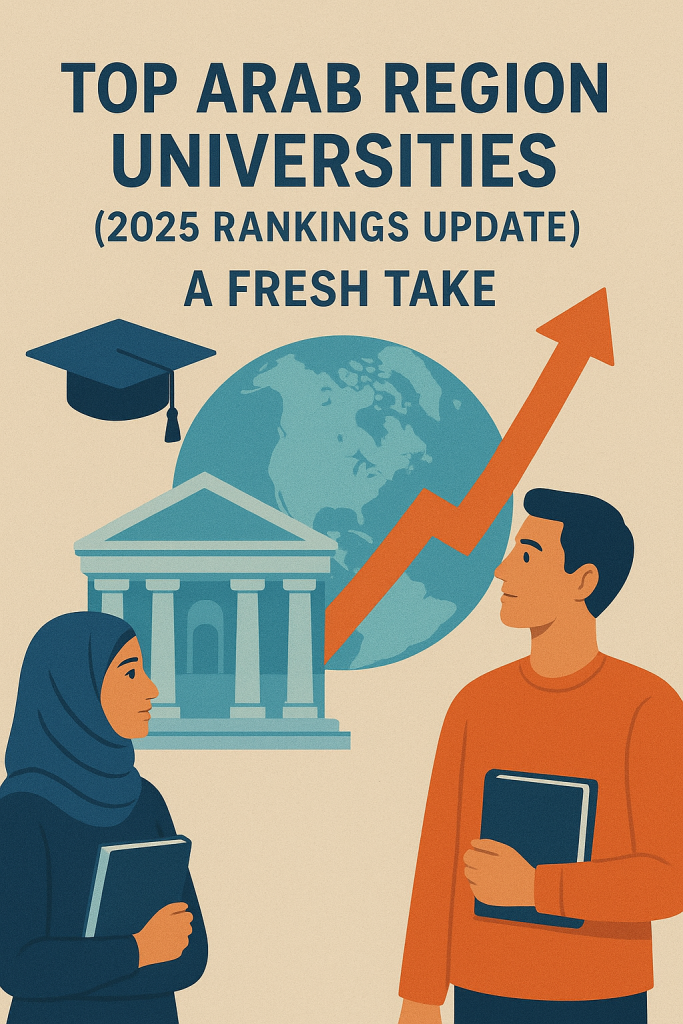
The Arab higher-education landscape is changing fast. In 2025 the region’s universities aren’t just competing for prestige — they’re reshaping the kinds of degrees, research agendas, and career pathways available to students across Africa, the Gulf and the Levant. Below is an evidence-backed look at the highest-ranked institutions in the Arab region and what those rankings actually tell international and local students in 2025 — not a dry table, but a decision map you can act on.


